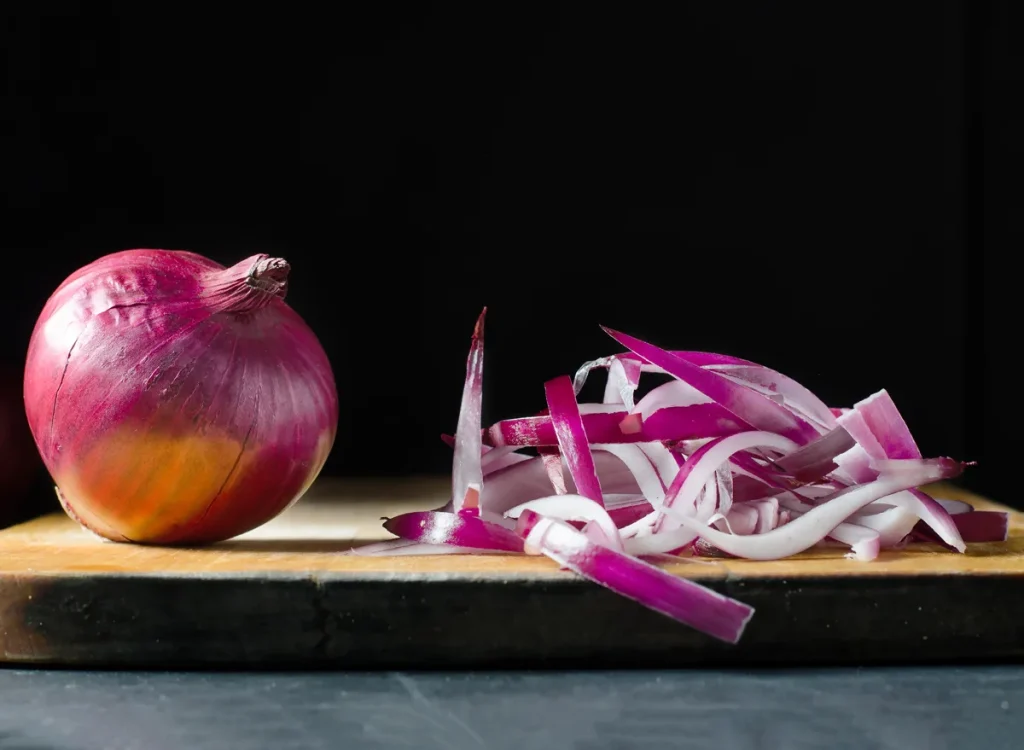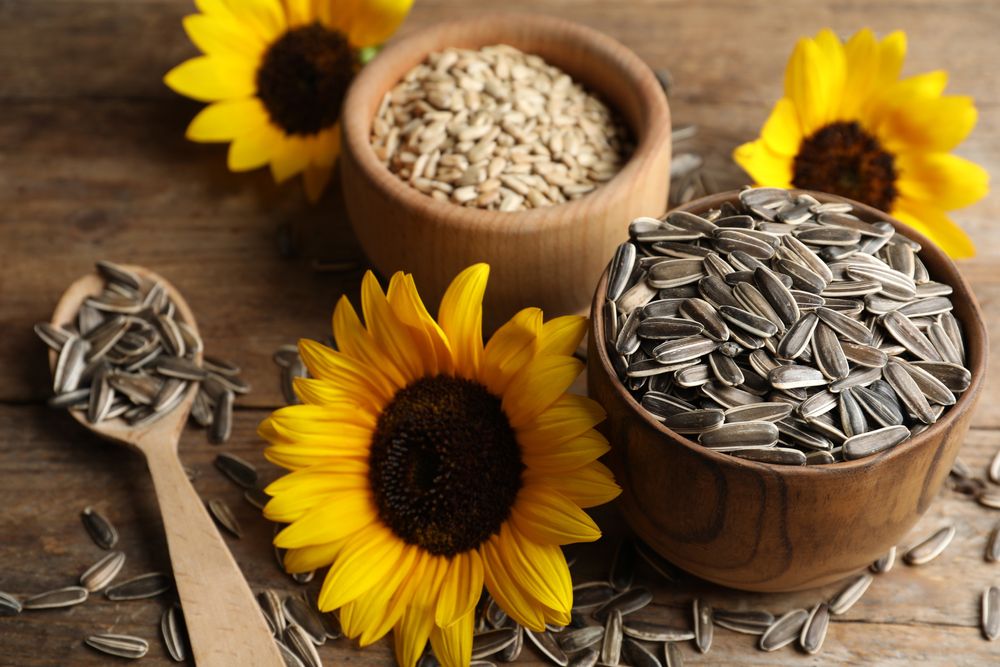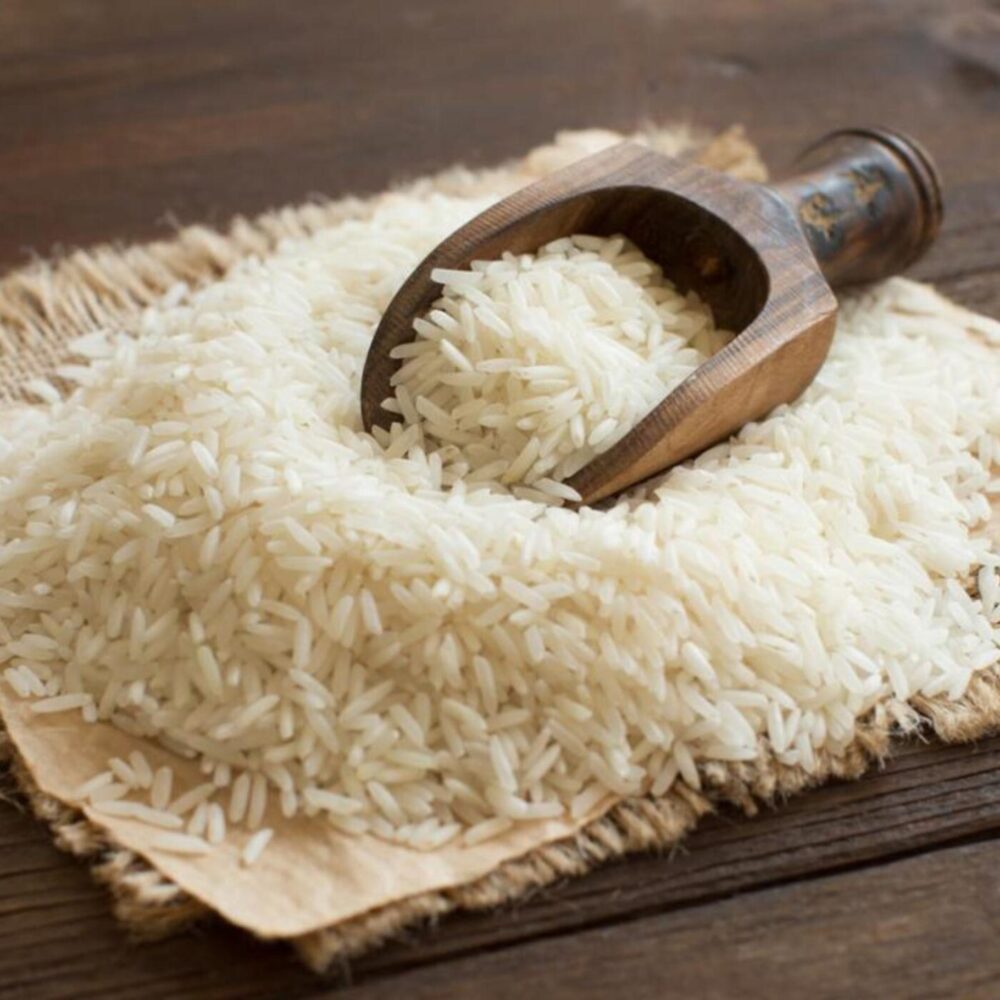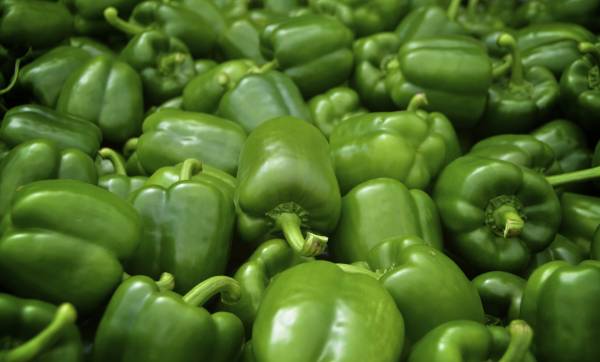Types of onions
There are different types of export quality onion that have different uses according to their different types and shapes. Below we mention the most important types:
Yellow onion: the most famous type of onion that has yellow to brown skin and is the best option for cooking.
Sweet Onion (Vidalia): It is native to America and has a sweet.
crunchy and juicy taste, and it has a slightly spicy taste. It is the best option for making fried onions.
White onion: the only difference with yellow onion is that it has a white color and its taste is sweeter, it is widely used in cooking.
Red onion: the color of the skin is red and it has purple layers, because of its sweet taste, it can be consumed raw.
Chives: This type of onion has long green leaves with a small onion at the end.
It is the best option for consumption as a fresh vegetable.
Shallot: It has bright purple layers and has a delicious and spicy taste, the only problem is that it smells very bad after consuming it.
Mountain onion: It has completely hollow leaves and is green in color, which has more medicinal properties and is consumed as an infusion.

Types of onions Infographic
Onion properties
Onion consumption has very high benefits and properties and can be effective in the treatment of various diseases, below are some examples of its unique properties:
A relevant and useful article
Everything you need to know about garlic and its properties!
Onions are rich in nutrients
Onions are nutrient-dense, meaning they are low in calories but high in vitamins and minerals. An average onion has only 44 calories.
but its consumption provides a significant amount of vitamins, minerals and fibers needed by the body. This vegetable is especially high in vitamin C.
an important nutrient in regulating immune system health, collagen production, tissue repair, and iron absorption.
Vitamin C also acts as a powerful antioxidant in your body and protects your cells from damage caused by unstable molecules called free radicals.
Onions are also rich in B vitamins, including folate (B9) and pyridoxine (B6)—which play a key role in metabolism, red blood cell production, and nerve function.



